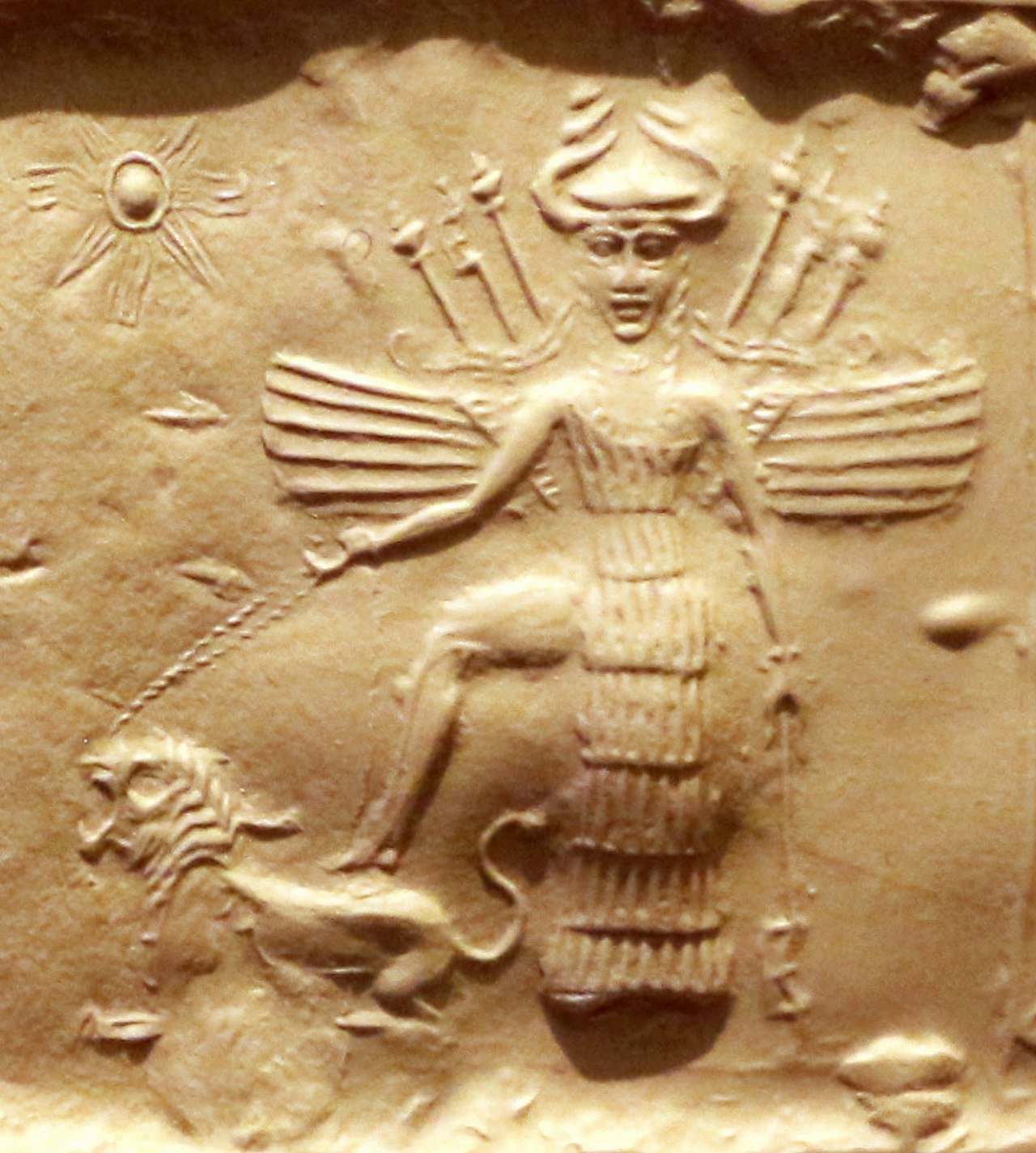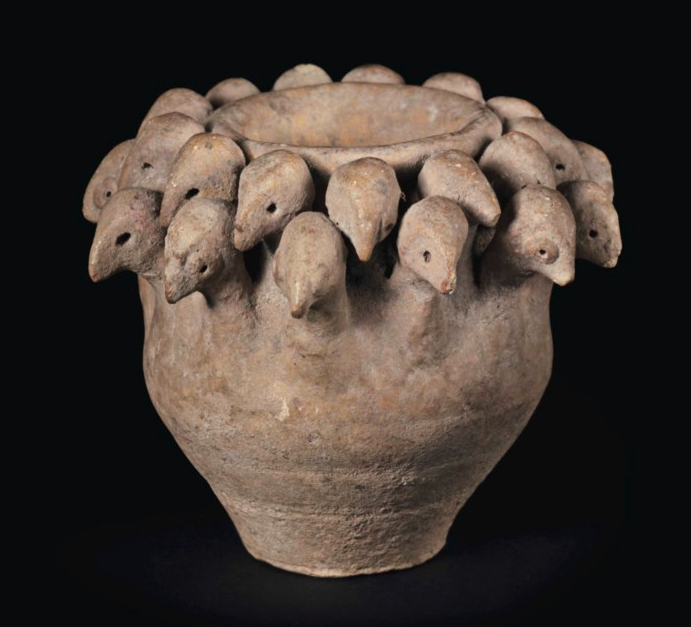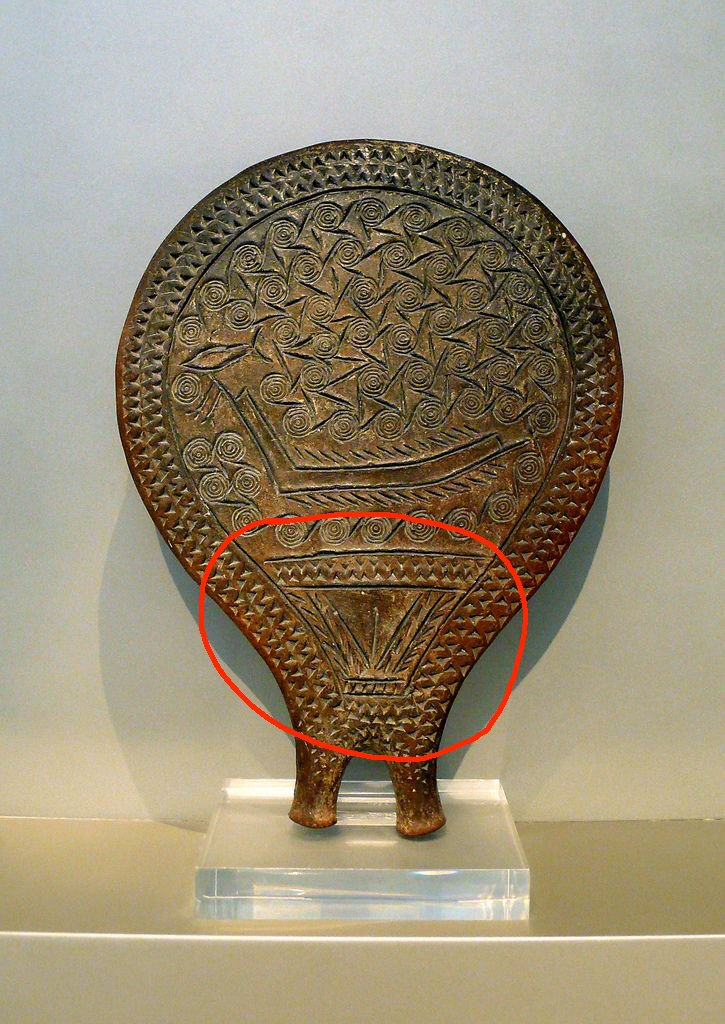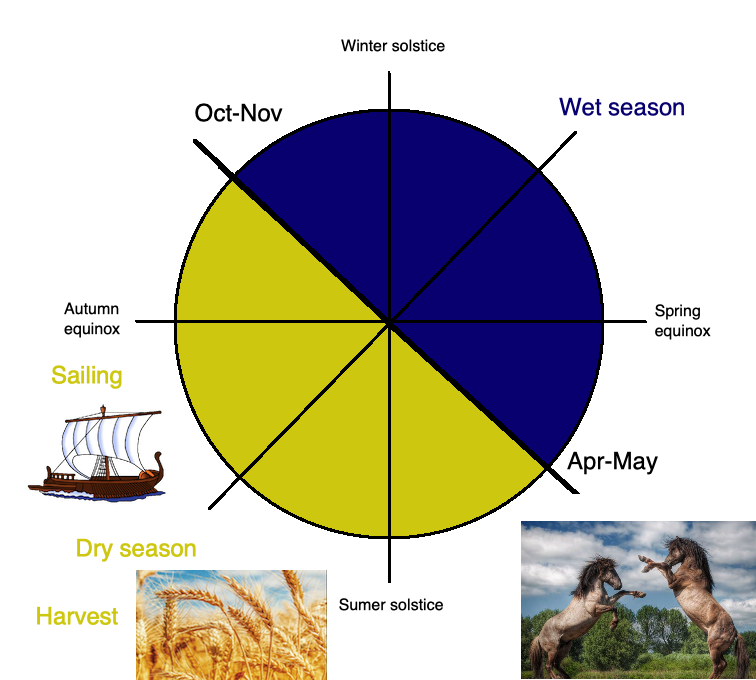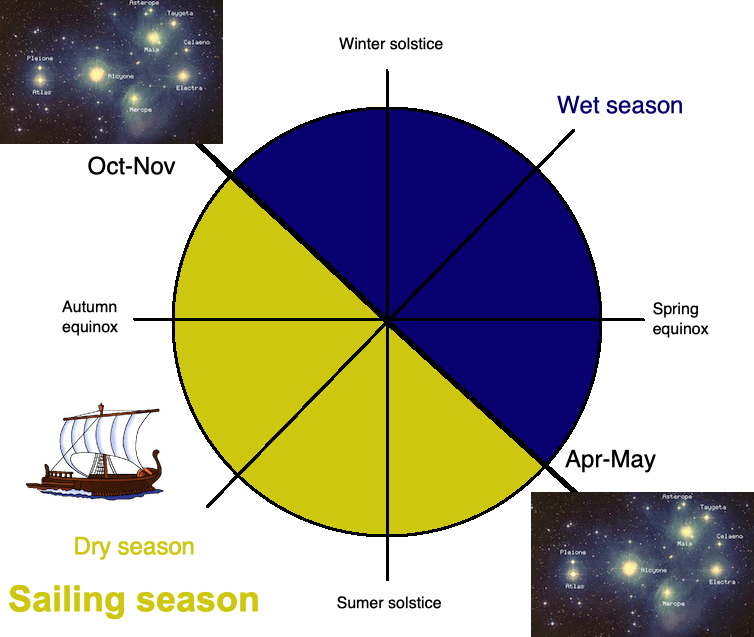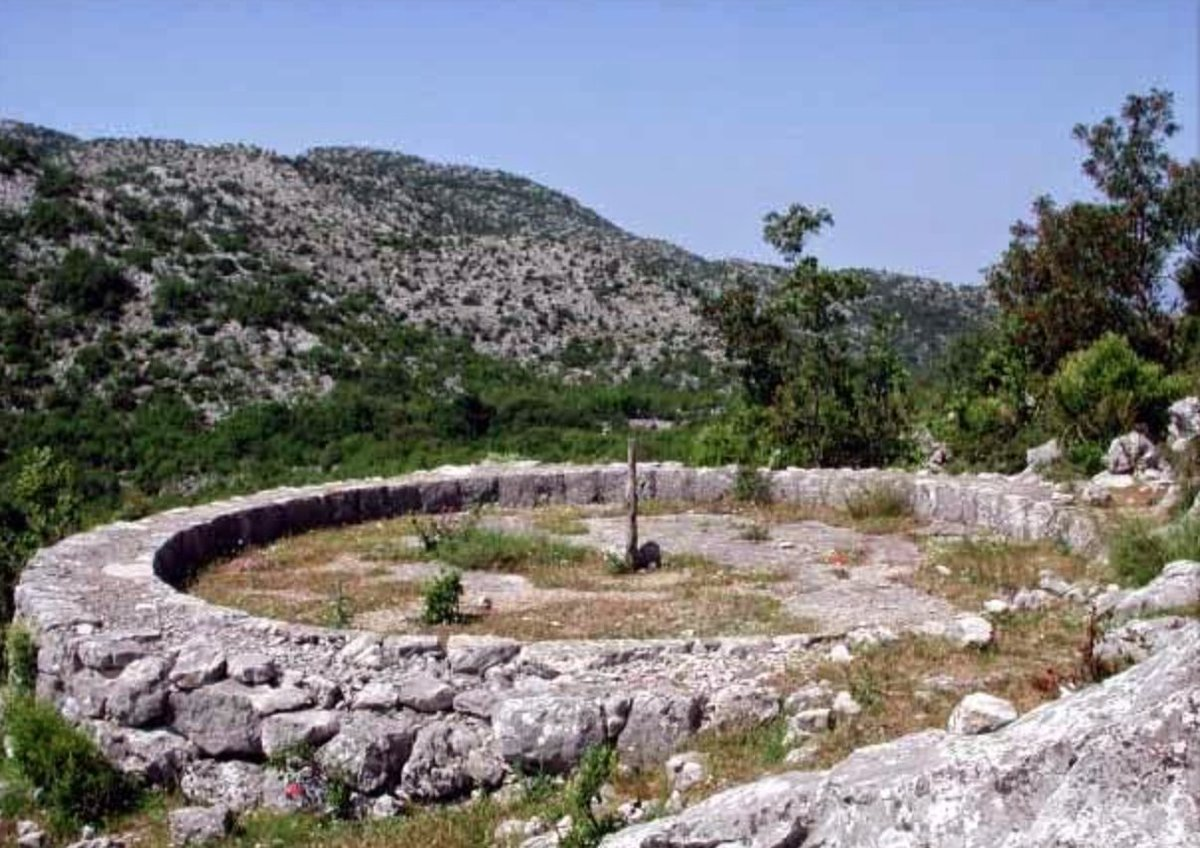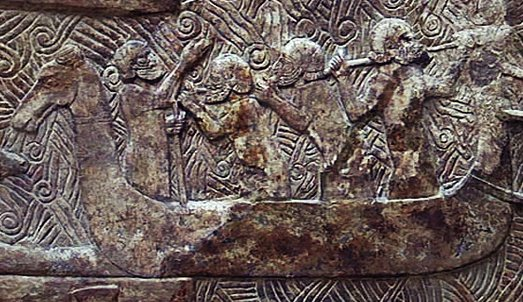Recently I watched a tv program called "The Silk Roads - Wonders of Azerbaijan" by Bettany Hughes. In it she talked about this ancient petroglyph from Gobustan, which, if I remember correctly, she called "7 maidens"...
Unfortunately I can only find this copy of this program online in, I guess, Azerbaijani, so I can't confirm this myself. If anyone has access to the English version, I would really appreciate if you cold confirm this for me. Thanks. Or alternatively, I would rally appreciate if @bettanyhughes could confirm that this is indeed what she called the petroglyph in question. And if she could clarify if this was a nickname given to the petroglyph by the local archaeologists, or was it her own poetic invention 🙂
The reason why I ask is that on the highlighted image from the program, I could only see 6 figures, not 7. Is there a 7th figure that wasn't highlighted, or that is not visible from the angle from which the petroglyph was filmed?
Why I would like to determine if there are indeed "7 maidens" depicted on this petroglyph, is because in the program, Bettany proceeded to talk about how "the meaning of the petroglyph is unknown".
Now if there are indeed 7 female figures depicted on this petroglyph (I guess we think they are females because of the public triangles ???, but they could just be as easily men wearing some kind of weird loincloths), then maybe I could offer a possible explanation...
Is this a bovine, depicted behind the human figures? It certainly looks like one. If so, then the meaning of the "7 maidens" petroglyph could be the "7 sisters", the Pleiades, which rise with the sun in Apr/May...
Apr/May, when wild Eurasian cattle start to calve...
Which is why this time of the year is is still marked with a bovine, Taurus...
I talked about this animal calendar marker in many of my posts, for instance "Cow and calf ivory", "Foundation peg of the goddess Nanshe", "Elamite water bull", "Human bull hybrid", "White calf", "Calydonian boar"...
According to this paper, "Agricultural Practices at Mentesh Tepe (Kura Valley, Azerbaijan) during the Neolithic, Chalcolithic and Bronze Age: An Overview from Sickle Elements and Botanical Remains", the main Neolithic, Bronze Age crop grown in Azerbaijan was barley, which was sown in the Oct/Nov, and harvested in May/Jun...Using sickles with composite stone blades...
Basically small sharp stone flakes, inserted into crescent shaped wooden frame...Something like this.
These sickles evolved from wild ass, deer jaw bones.
We know that some primitive jaw bone sickles actually had long handles.
The sickles then evolved into wild ass, deer jawbones with artificial flint teeth
Then into artificial wooden jawbones with artificial flint teeth
And finally into serrated (toothed) jawbone shaped piece of metal...
I talked about the evolution of sickles in my post "Sickle"...
So it is quite possible that the things held by the figures are long handle sickles...Or maybe what is depicted on this rock engraving from Azerbaijan is something like this: Cain (farmer) killing Abel (shepherd) with a "ass jawbone", [my comment: the earliest form of a sickle].
New York, Pierpont Morgan Library: Ms 43, Huntingfield Psalter, XII Century, fol. 8. Pic from "Cain's Jaw-Bone that Did the First Murder"
Taking all this into account, is this image a calendar marker for harvest your barley when wild cattle starts to calve and Pleiades rise with the sun? I talked about Pleiades, barley harvest and animal calendar markers in my post "Pleiades". In it, explained why, according to the Greek mythology, the Pleiades, the seven daughters of Atlas, were transformed by Zeus first into doves, and only then into stars...
It's all to do with the link between doves and grain harvest (goddess)...Like Demeter, who was depicted on this terracotta statuette enthroned with a turtle-dove on her lap. The cult image of the harvest goddess was likely venerated in a sanctuary. From Sicily, 5th century BC. Milan Archaeological Museum. Pic by Gareth Harney
I talked about this in my post "Inanna and dove"...
The reason why doves are linked with grain goddesses and with pleiades is because doves, both European and Asian, nest during the grain harvest which starts in Apr/May, when pleiades rise with the sun, in Taurus...
But maybe there are no 7 but indeed only 6 figures depicted on this petroglyph, and they are not female but male figures with (admittedly weird) loin cloths, and these are not sickles they are holding but battle axes...
In which case this is just a depiction of a bovine hunt 🙂























